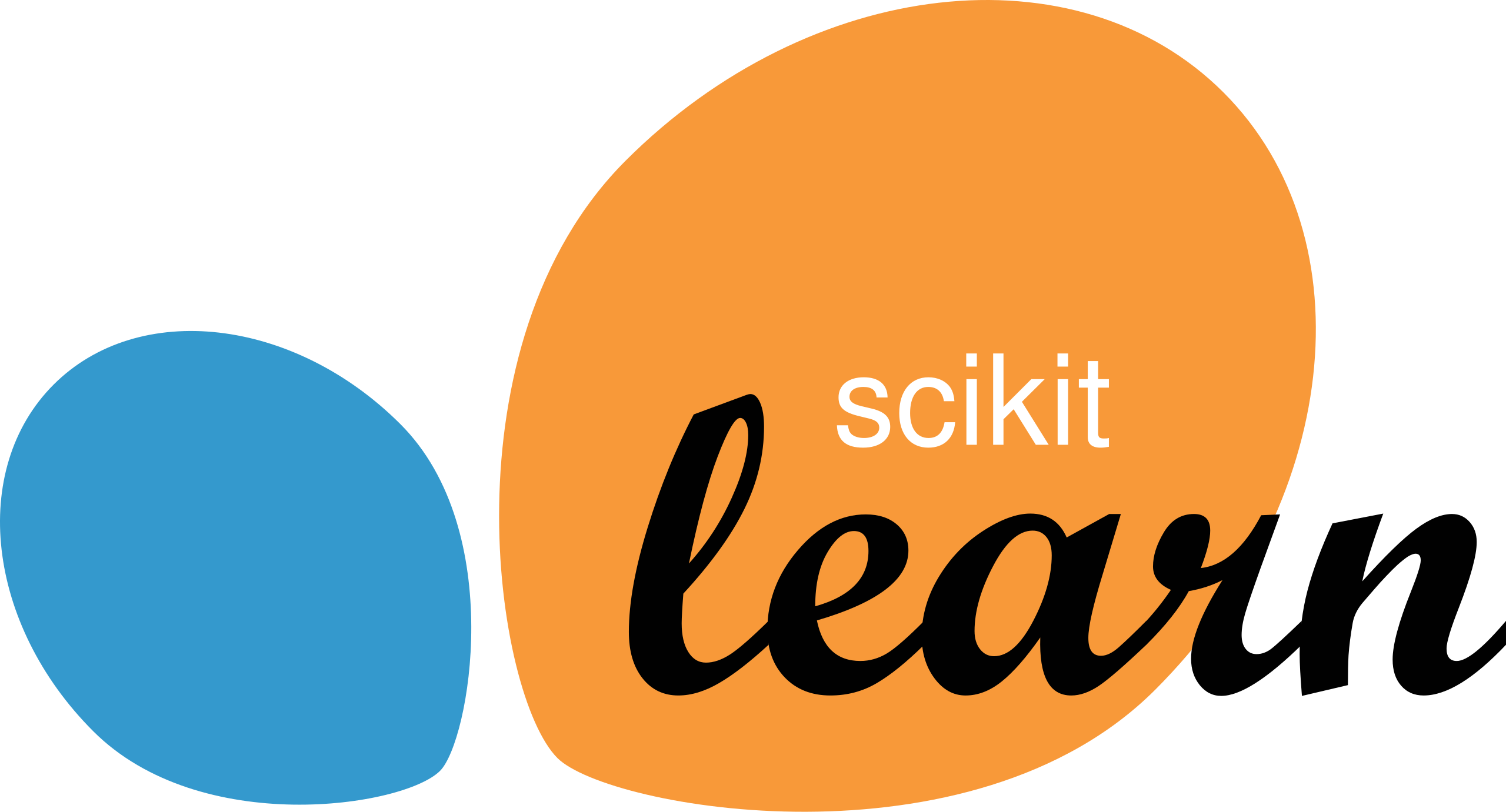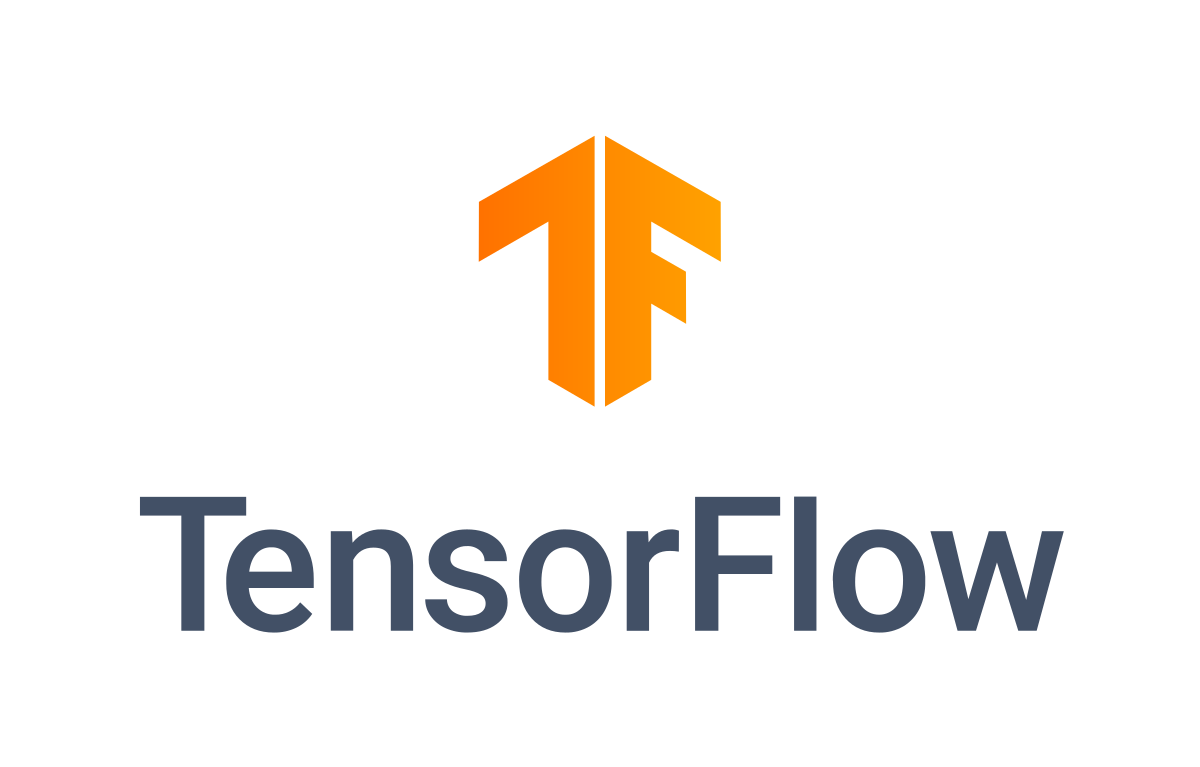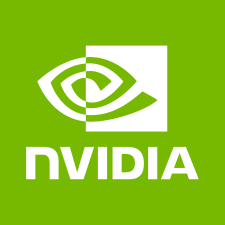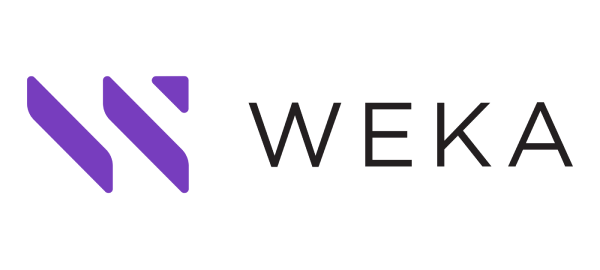Machine Learning tools are very popular with data scientists; they are used to build, train, analyze, and forecast future outcomes based on historical and pre-existing data. ML tools are a big deal to the artificial intelligence community, especially as we are now seeing rapid adoption and AI integration into a wide range of business operations.
Selecting the right tool for an ML project is a critical. Making the wrong choice may lead to slow development cycles and models that are difficult to deploy, while the right choice can accelerate the entire workflow from data preparation to production.
This guide offers a practical look at new machine learning tools, including the top indispensable ML tools in 2025. We are focusing on tools that have been well-received by data scientists. We will explore the distinct personalities of each ML Tool, where they excel, and consider the practical trade-offs you may face when choosing one ML tool over the other for your next project.
What Defines a Machine Learning Tool?
Machine learning tools (ML tools) are the essential software kits that developers use to build, test, and understand artificial intelligence models. They provide all the fundamental components in one place, from pre-built algorithms and data-cleaning utilities to methods for evaluating a model’s performance.
ML tools are the engines that drive AI development, enabling everything from systems that learn from examples to the complex trial-and-error learning used in robotics. Whether for a practical task like analyzing customer data or a creative one like generating images from text, these tools provide the core foundation needed to get the job done.
Top ML Tools
While there are many machine learning tools available, a small group has become the standard for professional use due to their power and reliability. This guide will explain the key features of these top tools and help you determine which one is best suited for your project’s requirements.
#1: Scikit-learn
Scikit-learn is an open-source software library for the Python programming language. It is recognized for its broad set of machine learning algorithms. The library is built on top of other Python libraries such as NumPy and SciPy. It is designed for classic data mining and data analysis.
Advantages:
- The platform offers a wide range of supervised and unsupervised learning algorithms, including versatile support vector machines for robust classification and anomaly detection.
- Efficient tools are included for data preprocessing and model evaluation.
- Extensive documentation and a large data science community offer strong support.
- It is interoperable with the scientific Python ecosystem.
Disadvantages:
- It is not optimized for deep learning or building neural networks.
- Performance can be slow when processing large datasets without acceleration.
- A graphical user interface is not natively supported.
Ideal For: Scikit-learn is ideal for individuals beginning their supervised learning journey, including those interested in computer vision . It is also well-suited for academic research and for building baseline models for problems not requiring deep learning.
#2: TensorFlow
Developed by Google, TensorFlow is a comprehensive, open-source ecosystem for building and deploying large-scale deep learning models into production environments, from cloud platforms to mobile devices.
Advantages:
- Distributed computing is supported for model training on large datasets.
- Robust options for model deployment are offered across servers, mobile devices, and web browsers.
- The ecosystem includes powerful visualization tools like TensorBoard for model inspection.
- Its flexible architecture is suitable for building complex algorithms and deep neural networks.
Disadvantages:
- The learning curve can be steep for new users.
- The static computation graph in older versions can feel less intuitive for rapid development.
- Significant computational power is needed for training complex models.
Ideal For: TensorFlow is built for production-grade AI models and large-scale enterprise applications. It is a strong choice for projects that require dependable deployment solutions, especially those using google cloud’s services.
#3: PyTorch
PyTorch was developed by Meta AI’s research lab, and it is particularly effective for building deep learning models . It is another leading open-source machine learning framework. It is known for its flexibility and Python-first design, making it popular in the research community for deep learning.
Advantages:
- A dynamic computation graph is used, which offers more flexibility during the model training process.
- The API is considered intuitive and easy to use, providing a more Pythonic experience.
- A strong and active community contributes to a growing number of tools and libraries.
- Rapid development and experimentation are facilitated.
Disadvantages:
- Model deployment tools were historically not as mature as TensorFlow’s, though this gap is closing.
- Native visualization tools are not as tightly integrated.
- More manual configuration can be required for production environments.
Ideal For: PyTorch is preferred by data scientists in research and development. It is excellent for projects in natural language processing and computer vision that involve custom model architectures.
#4: Keras
Keras is an open-source library that acts as a high-level API for data visualization and artificial intelligence, enabling users to train models with minimal effort. It is designed to enable fast experimentation and to create machine learning models with minimal effort. The newest version, Keras 3.11.1, is multi-backend, which means it can run on top of TensorFlow, PyTorch, or JAX.
Advantages:
- A very user-friendly interface is provided to simplify the process of building machine learning models.
- Excellent documentation and a focus on user experience reduce the learning curve.
- Multi-backend support allows for greater flexibility and model portability.
- A selection of pre-built models is available for common tasks like object detection.
Disadvantages:
- Less granular control is offered compared to using a backend framework directly.
- Debugging can be more complex since issues may originate in the underlying backend.
- It is primarily focused on deep learning and not general-purpose ML tasks.
Ideal For: Keras is excellent for beginners in deep learning. It is also a powerful tool for rapid prototyping of AI models and for teams that need to train models quickly without deep technical expertise.
#5: MLflow
MLflow is an open-source platform for managing the entire machine learning workflow and lifecycle. It was started by Databricks. It is designed to work with any ML library and language, making it a versatile tool for MLOps.
Advantages:
- Experiments, code, and machine learning data are tracked to organize complex projects.
- Code is packaged in a reproducible format to ensure consistent results.
- A central model registry is included for versioning and managing learning models.
- The process of model deployment to various production environments is simplified.
Disadvantages:
- An additional tool is introduced into the technology stack, which can increase complexity.
- The user interface can become cluttered when managing many experiments.
- Disciplined adoption by the entire team is required for it to be effective.
Ideal For: MLflow is best for data science teams working on collaborative machine learning projects. It is also suited for enterprises that require governance, reproducibility, and a clear path to deploy high-quality models.
#6: NVIDIA cuML
NVIDIA cuML is a library of machine learning algorithms that leverages NVIDIA GPUs, making it particularly useful for handling various machine learning tasks. It is part of the RAPIDS suite of software libraries. It provides a Scikit-learn-like API, which enables users to take advantage of GPU acceleration for big data processing.
Advantages:
- Significant performance gains are achieved for model training on large datasets.
- A familiar API reduces the learning curve for data scientists already using Scikit-learn.
- End-to-end data pipelines, from ETL to training, can be executed on GPUs.
- It integrates with other data science and deep learning frameworks, including those for predictive analytics.
Disadvantages:
- Specific NVIDIA GPU hardware is required.
- The library does not yet have coverage for all machine learning algorithms found in Scikit-learn.
- The environment setup can be more complex than CPU-only libraries.
Ideal For: cuML is designed for organizations that have access to NVIDIA GPUs and need to accelerate their data science workflows. It is particularly useful for handling various ML tasks that are too large or slow for traditional CPU-based tools.
#7: Apache Mahout
Apache Mahout is an open-source project designed to provide scalable machine learning algorithms for data mining tasks that run on distributed computing platforms. It is heavily focused on collaborative filtering, clustering, and classification, and is built to integrate with big data technologies like Apache Spark.
Advantages:
- Designed for massive scalability to handle enterprise-level datasets.
- Provides proven, powerful algorithms for building recommendation engines.
- As an Apache project, it is fully open-source and vendor-neutral.
- Its modern architecture allows it to use engines like Spark for efficient processing.
Disadvantages:
- Requires familiarity with distributed systems, which comes with a steep learning curve.
- The setup and configuration are more complex than standalone libraries.
- It is a specialized tool not intended for general-purpose ML or deep learning.
Ideal For: Apache Mahout is built for large-scale data mining, particularly for companies creating sophisticated recommendation systems. It is best suited for teams already invested in the Apache big data ecosystem.
#8: Weka
Developed at the University of Waikato, Weka (Waikato Environment for Knowledge Analysis) is a collection of machine learning algorithms written in Java. Its most defining feature is a graphical user interface (GUI) that allows users to apply ML models and visualize results without writing code.
Advantages:
- Accessible for beginners and non-programmers with an easy-to-use, user user-friendly interface
- It provides a comprehensive suite of tools for data preparation, classification, regression, and clustering.
- Excellent for educational purposes and for teaching core machine learning concepts.
- Being Java-based, it can be directly incorporated into Java applications.
Disadvantages:
- It struggles with very large datasets as it typically processes data in memory.
- The user interface, while functional, can feel dated.
- It is primarily a tool for analysis and learning, not for deploying production-grade services.
Ideal For: Weka is a perfect choice for students, academics, and researchers, thanks to its user-friendly interface. It is also valuable for anyone who wants to quickly experiment with different algorithms on a dataset without the overhead of programming.
Powering Your ML Tools with the Right Hardware
The most powerful machine learning software is only as effective as the hardware it runs on. For modern deep learning and large-scale data analysis, CPUs are often no longer sufficient. The parallel processing architecture of Graphics Processing Units (GPUs), especially those from NVIDIA, has become the industry standard for training complex tasks and models promptly.
This is where GPU hosting comes in. Instead of incurring the high capital expense and maintenance overhead of buying dedicated servers, services like Atlantic.Net GPU Hosting allow you to rent access to GPU-enabled hardware on demand.
This approach enables any developer or organization to:
- Access enterprise-grade NVIDIA GPUs instantly.
- Scale computational resources up or down based on project needs.
- Avoid hardware maintenance and focus solely on building models.
- Pay only for the resources you use, making cutting-edge AI more accessible.
Choosing the Best Machine Learning Tools
The best tool is always the one that fits the job. Scikit-learn is your go-to for foundational ML tasks. When you need to build scalable, production-ready deep learning systems, TensorFlow and PyTorch are the dominant contenders, with Keras offering a simpler way for less experienced users.
To maintain consistency across a collaborative project, MLflow is indispensable. And if raw speed on massive datasets is your main bottleneck, NVIDIA cuML and NVIDIA hardware are the most popular solutions here. For those of you who are heavily invested in Java, Weka provides an accessible entry point for analysis, while Apache Mahout offers a path to massive-scale data mining.
By understanding these core strengths and trade-offs in AI and machine learning models, you can equip yourself to build better, faster, and more impactful AI solutions.
Cutting-edge technologies and new AI tools, including those for generative AI, are constantly being developed. By understanding the key features of these popular machine learning tools, including their applications in predictive analytics, you can make an informed decision and start your machine learning journey today.
Ready to stop waiting and start building? Power up your ML workflows by deploying a high-performance GPU server from Atlantic.Net. Get started in minutes and give your tools the hardware they deserve.







